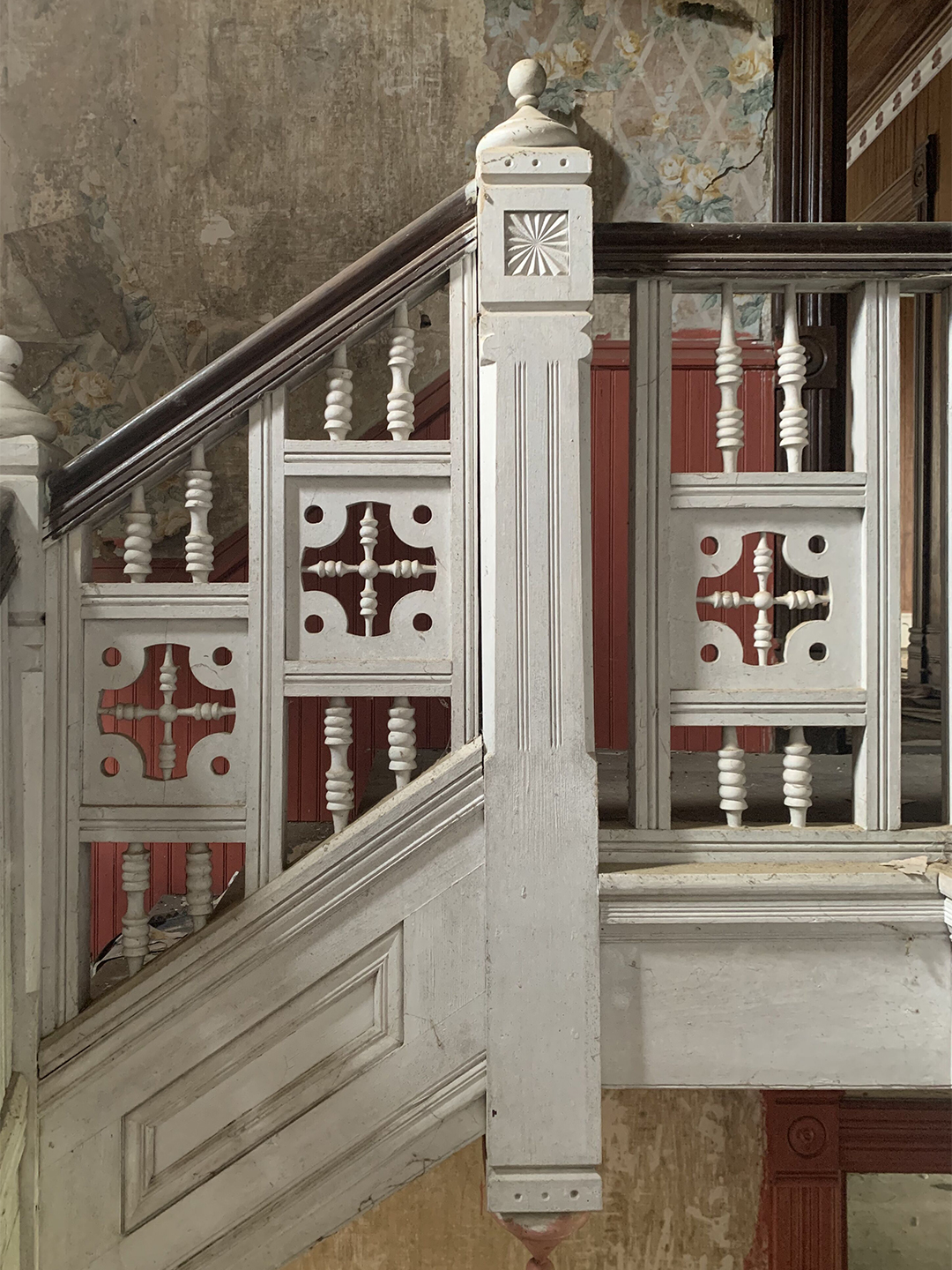We may earn revenue from the products available on this page and participate in affiliate programs.
As far as Scott Reed sees it, saving old homes that would otherwise be destined for the wrecking ball is his birthright. After all, his parents were in the process of restoring a late-19th-century folk Victorian when he was born.
The Georgia native has a natural affinity for historic properties—his family of “old home explorers” once brought him into a classical revival column mansion when he was about 4 years old, and he never forgot it. “That house was everything to me,” says Reed. “It was where my love for restoration really started.” He bought his first fixer-upper when he was just a freshman in college and refurbished it by trial and error as he earned his degrees in architecture and historic preservation.
But it wasn’t until years later, with a career in restoration and interior design under his belt, that he took his passion for these historic houses to the next level. In July 2019, Reed started a specialty Instagram account, Saving Old Houses. Since then, it has grown into a community of more than 50,000 old-home lovers, and he has saved several structures from demolition (including one 1800 Federal cottage that he couldn’t resist scooping up for himself). Here, he explains how he finds all of his hidden gems and imparts his best advice for first-time historic house hunters.
When You See One, Act Fast
Reed discovers his properties through a wide variety of methods: connecting with people on Instagram, combing through online listings, forming relationships with “rural explorer” photographers, and keeping up a dialogue with other Instagram accounts. But regardless of his source, Reed operates by a single rule: “I call it my ‘no old houses left behind campaign,’” he says. “There’s no worse feeling than driving by one of these homes and thinking you’ll go back—but then the next time you go, it’s a pile of rubble.”
Since many of these properties are marketed by real-estate services as teardowns, each day they stay on the market, the more likely they are to be bulldozed—so Reed learned to make his moves rapidly. After finding one home on Craigslist that he recognized as an 1812 build, he immediately set up a meeting with the owners to learn more about it the next day. It was indeed scheduled for demolition, but Reed was able to mock up the restoration, find a buyer who was willing to move the property, and even sat in the house as it was transported by truck just one lot over. “It was a roller coaster for old-house people,” he says.
Teardowns Are a Myth

Reed firmly believes that everything is salvageable, even if real-estate listings might say otherwise. In particular, three big issues—mold, asbestos, and insect infestation—are, more often than not, remediable with the help of an expert. Once a home, or part of it, is knocked down, there’s no going back—so consider your options wisely.
You Can Find Your Perfect Match
In his quest to save as many neglected homes as possible, Reed has started a file of interested buyers, who send him their budget, location, and style preferences on the off chance that he happens to find a house that’s precisely right for them. Because every home’s challenges are so unique, Reed believes that each one has an ideal owner—all it comes down to is bringing them together. “I joke about being an old-house matchmaker, but it’s true,” he says.
High Patience Brings High Reward

While you might have to snap up a property quickly, restoration is a whole different beast. “It’s important to take the time to learn about the style of your house,” says Reed. “That helps you to understand what makes it what it is.”
Even if you have experience renovating a more modern fixer-upper, working with homes circa 1900 and earlier comes with its own challenges, so don’t be afraid to ask for help if you’re not sure where to get started. Reed is happy to share his advice for specific projects—especially when it means another architectural marvel is saved.
But These Homes Aren’t for Everyone
Buying an old house means adopting a piece of history—and that’s a responsibility Reed encourages buyers to take seriously. If you’re hoping that an 1880 Victorian can be tweaked to suit your mid-century modern aesthetic, or that a late-1700s Georgian Colonial can be gutted to jibe with your taste for contemporary farmhouse style, you might be better off with a more contemporary property. For Reed, the whole point is to embrace all the intricacies and handcrafted details that make a historic home special. “They were built to last for decades, even centuries of storms and neglect,” he says. “If they’ve made it 100 years, they can make it for 100 more.”
See more stories like this: Don’t Forget the Flowers on Your Next Grocery-Store Trip A Sock Subconsciously Inspired This Designer’s Kitchen Cabinets This Couple Struck Gold When They Decided to Restore Their Plaster Walls
